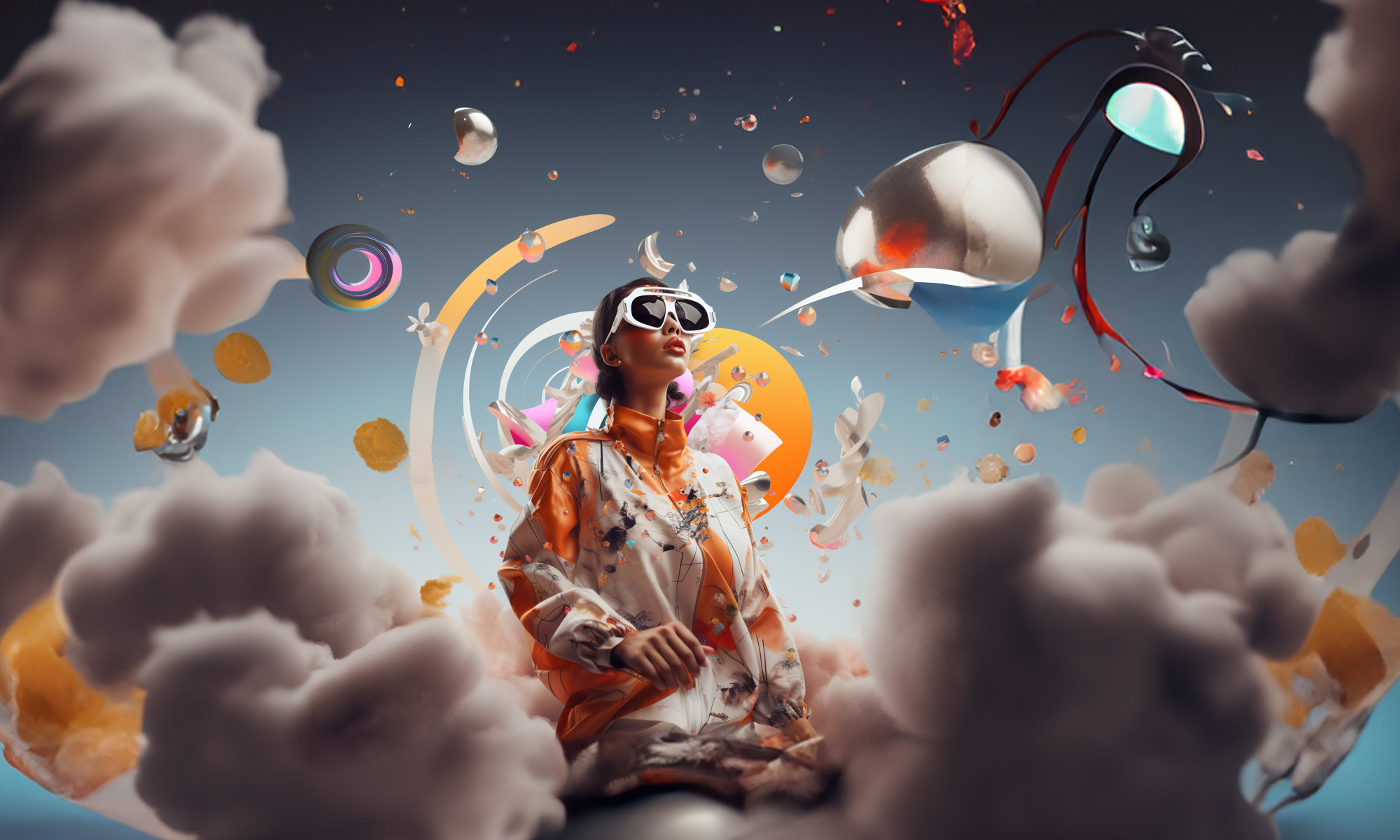next in brand design for 2024

Greg Ciro Tornincasa
5 minutes
At 300FeetOut we’re constantly keeping our eyes, ears, heads and hearts open to inspiration. Everyone over 30 knows that trends come and go, fads become quickly dated, and technology is rapidly evolving. So how do you know what’s next? What is in and what is waaaay out? Our teams work together to find out what is going to stick; what trends are truly driving results, improving communications, and creating stronger impact. Here’s our look to the year ahead and what’s next in brand design for 2024.
Everything, Everywhere, All at Once
Today brands need to seamlessly interact in our increasingly digital world. Your brand should be built on a foundation capable of navigating from the printed page to video, and from interactive virtual experiences to the sound waves. Brands are engaging all the senses, existing across multiple channels simultaneously. A good example of this is Landor & Fitch’s new look, rebranded as Landor, with a fluid identity that features visual, verbal, sonic and motion elements. Their new identity not only includes fluid motion graphics but also begins to explore what they sounds like in the sonic realm. Their identity work for Milan Symphony Orchestra goes beyond the logo on the page and creates an emotional connection as it interacts through motion, sound, and video.
Fluid Expressions
Brands are becoming much more fluid in their visual expression, embracing visual, verbal, sonic and motion elements. Like the Landor sample we shared above, they’re thinking beyond how they look on the printed page or on a 2-dimensional webpage. They’re thinking about how they move, how they sound, and how they emotionally connect with their audience on all sensory levels. Sites and digital experiences are going seamless with motion, transitions and micro-interactions. We’ve steered clear of sound on websites for some time (and for good reason), but we’re seeing a comeback of user-initiated soundscapes to accompany cruising a website, voice guidance, and brand-indentifying sound used in video and social communications.
AI, obviously.
Everyone’s heard of it but few understand it yet. Imagine it’s 1995 and you’re trying to wrap your head around what would become of the @ symbol in the near future. Will AI take our jobs or help them become more efficient? This Medium article states “AI isn’t coming for your job, but someone using AI is.” That’s how I like to think of it for now. With the internet, Google put a world of limitless inspiration at designers’ finger tips. When concepting a new project we have a go-to tool to help imagine, propel, and strengthen ideas. With AI, we’ll have unimaginable tools to help us create faster, bigger, and better. And it will take a talented curator to determine the end result. Another quote I’m hanging on to from the same article: “Garbage in, garbage out: better inputs drive better outcomes.”.
To test this idea, our design team created the cover art for this blog post using AI. We each spent 15 minutes with the help of AI generative imaging tools, using word prompts and curating + perfecting the output. We spent a combined 45 minutes on the art. Had we not used AI, we estimated we’d have spent a combined 3 hours searching for a stock image or vector art to help illustrate our idea with some digital hand work thereafter. We saved at least 2 hours and 15 minutes creating what are likely more unique outputs. Which designer is getting hired? Probably the one using AI.



Brands Growing Up
Working with good people will hopefully never go out of style, but creative and tech brands are placing results, strategy and future impact in front of their company culture. In the 2010’s we saw brands put their best culture foot forward with employees kicking back working in colorful romper rooms with over-the-top perks taking center stage. Today we’re seeing those brands mature a bit, embracing their knowledge and getting back to business. With the emergence of AI and a greater importance placed on a live/work life balance by the work force, we’re seeing brands exude a bit more of a serious tone in their outreach. They’re not losing their personality or hiding their values—but they’re presenting more of a business-first attitude, leading with their offerings and differentiators rather than how much fun they have at work. We’re seeing this shift in tone translate into slick technology-centric website design, smarter color palettes, and typography that evokes a sense of data-driven know-how.

In sum, things are evolving.
- You’ll see a refocusing of color usage and typography
- An expansion of creativity connecting brand campaigns across a wider and deeper variety of channels.
- AI is still just a toy for most of us but it’s going to rapidly become a tool we won’t know what to do without.
And as always, you’ll see us evolve right along with the times creating more movement, bridging channels, using ai, and helping you every step of the way.
More
insights
Lorem ipsum dolor sit amet, consetetur sadipscing elitr, sed diam nonumy eirmod tempor.
©2025 300FeetOut All Rights Reserved | Privacy Policy